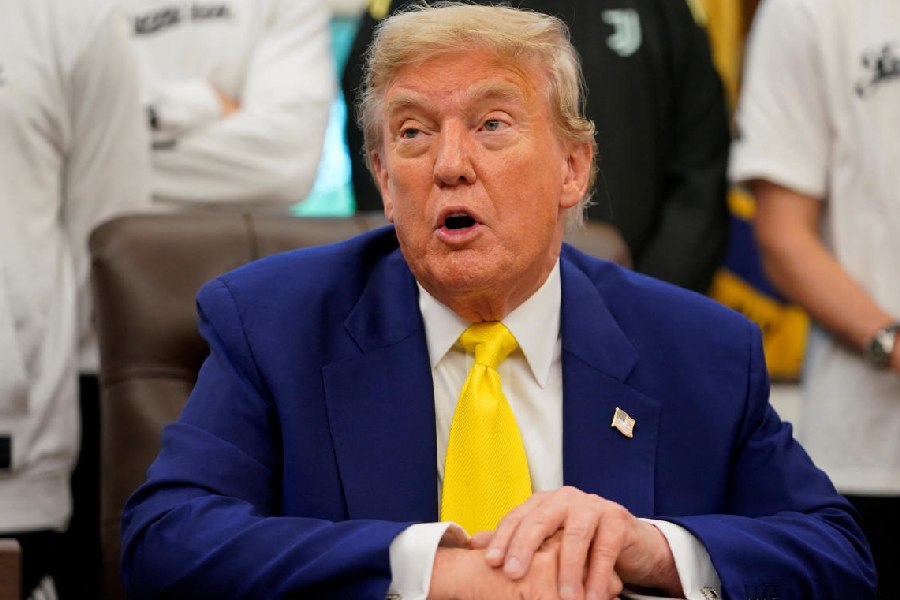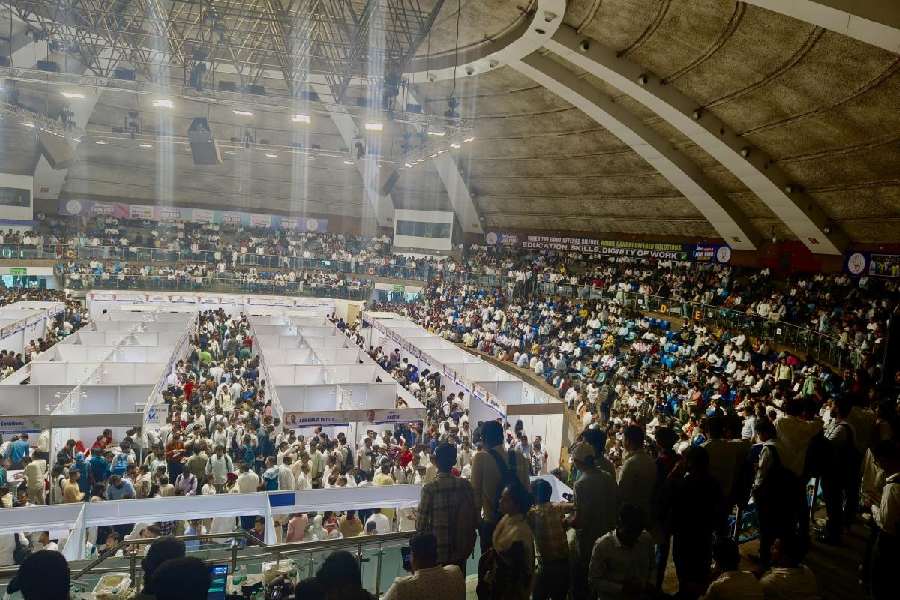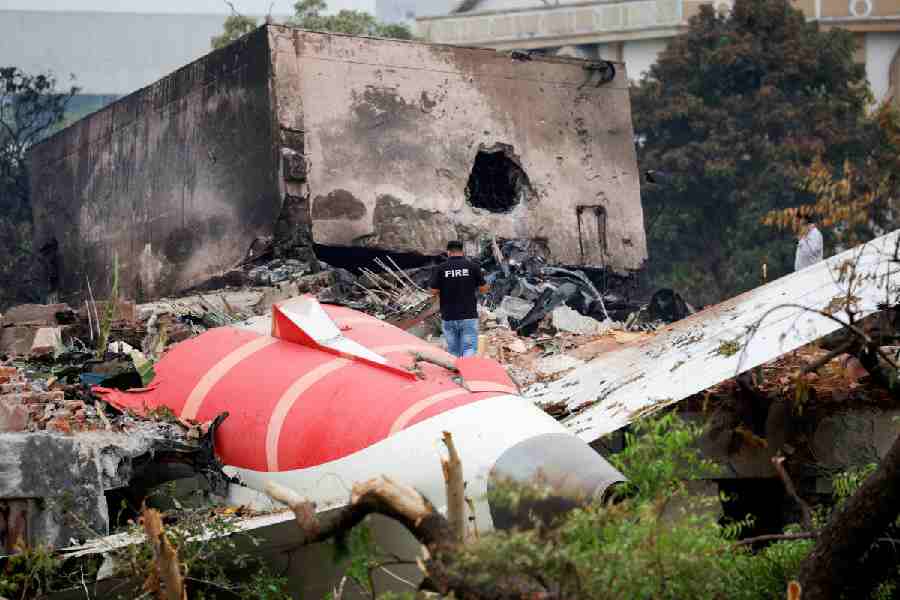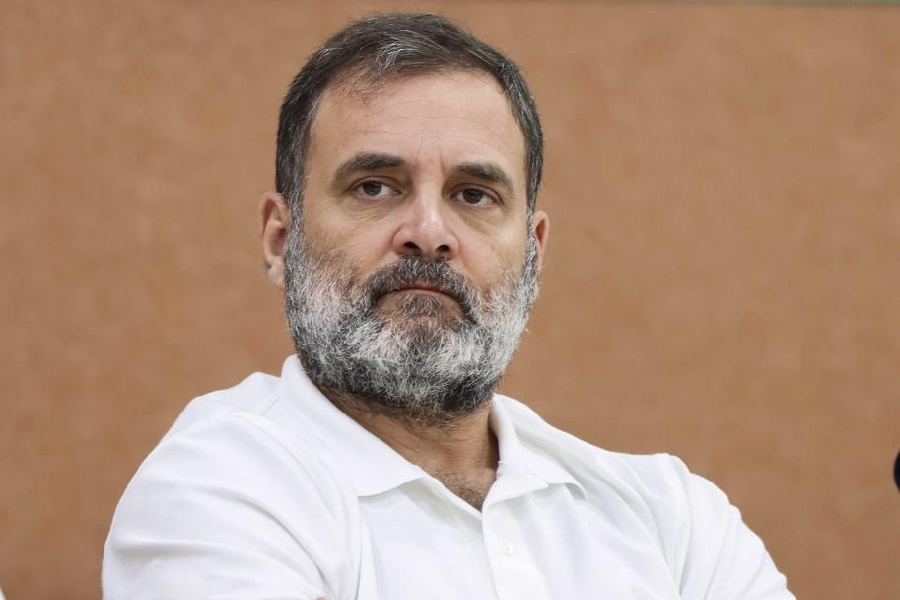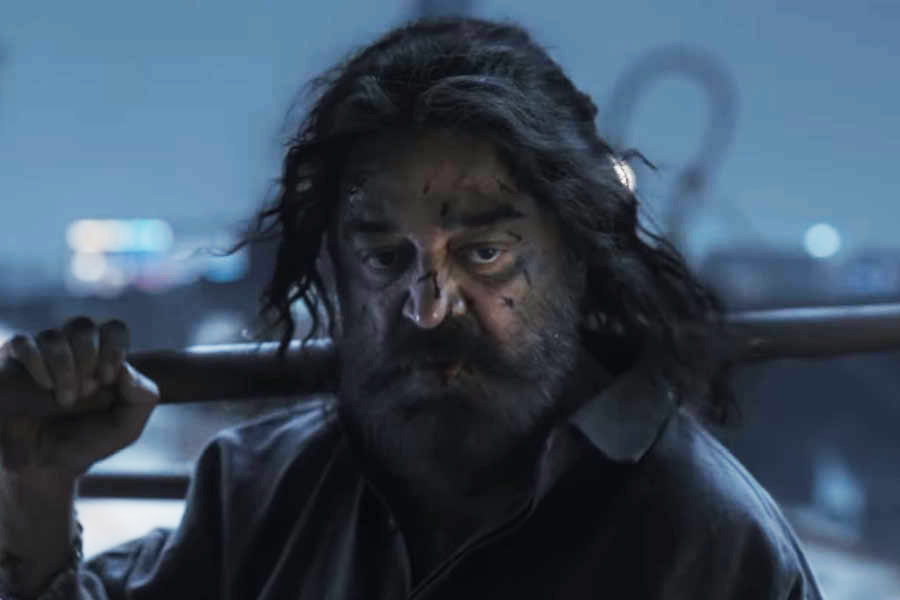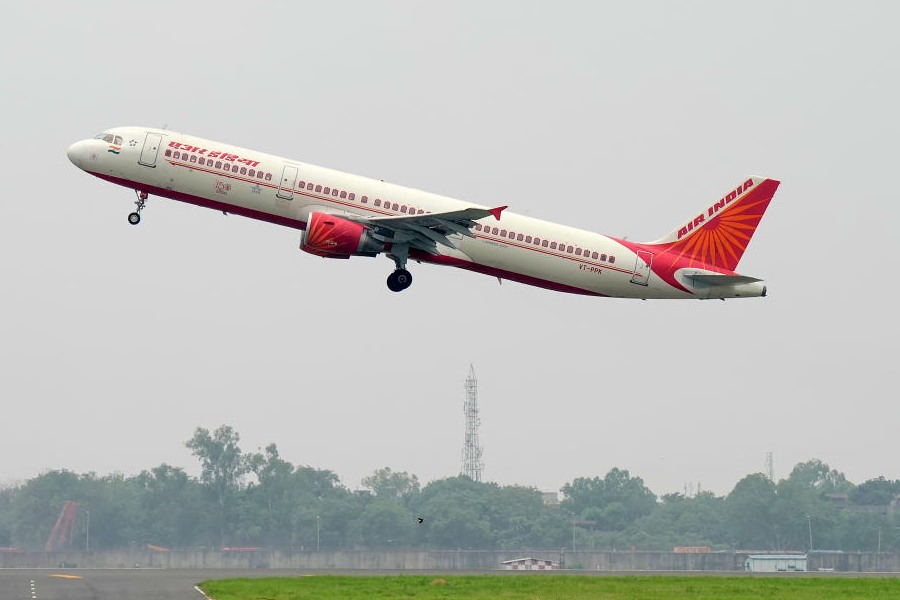


Earlier this month, when tabla player Sandeep Das won the Best World Music Album with Yo-Yo Ma for The Silk Road Ensemble, Sing Me Home, at the 59th Grammy Awards, the Bengali's checklist of musical must-dos grew longer. Must play at fests, must appear on TV, and now, must get a Grammy.
After all, music, dance and art lessons - gaaner, naacher aar aankar class - are the cornerstones of Bengali childhood. And while it is true that you have to strain your ears nowadays to catch the sounds of riyaz - Aloker ei jhorna dharai or Sa re ga ma - at the crack of dawn or at dusk, the holy trinity continues to hold sway, albeit in newer avatars.
For instance, the para school has given way to this institute or that academy. These still teach Rabindrasangeet and Nazrulgeeti, but those would be part of a bouquet of newer options such as "band singing" and "modern singing". Odissi and Kathak remain favoured but there are also lessons in thumka, ballet, as well as some body-toning routines. Instruments are a dime-a-dozen, but there is nothing to beat the keyboard.
Surendranath Majumdar is the director of AMEC or the Academy for Musical Excellence. It has two centres, both in south Calcutta, and they offer courses in children's music, piano, guitar and Indian music, modules for mothers and infants, toddlers, playschool and kindergarten kids. "The culture of Bollywood and Tollywood music is very strong now," says Surendranath.
You wouldn't think it possible, but there is this constant demand for newer options in the arts. Ahana Majumdar gives lessons in Odissi. She will tell you how one of her students requested her to teach ballet instead of Odissi. "Yet another one asked to be taught the salsa." That she didn't specialise in either did not seem to be an issue. Percussionist Tanmoy Bose's students want to learn to play the djembe and durbooka, types of drums popular in west Africa and the Middle East, respectively.
But why? One reason would be curiosity, another seems to be the impression that the rarer the art form the shorter the road to success. Ahana's students seemed to be under the impression that a knowledge of salsa and ballet would help them qualify for television shows. She says, "We never thought learning dance had to lead to something. Now students think in terms of concrete value addition."
Tanmoy too mentions a "second category" of students who want lessons in tabla because they have seen him play on television and think knowing the tabla might be one way of landing a job in television or in the movies.
It is no different with the fine arts. Bappa Bhomick is an art teacher at Ashoka Hall Girls' Higher Secondary School. He says, "Students look for commercial gains - to the extent that they choose those institutes that are well networked and would help them take part in shows and festivals where they can showcase or sell their art."
The commercial angle is forcing institutes to innovate. At AMEC, they have adopted a music educational technique by the name of Kodaly, which is popular in Hungary. In this method, children are first introduced to musical concepts through experiences such as listening, singing or movement.
Says Surendranath, "Our youngest students are three years old. We do not concentrate on any one form of music. We only make them aware of the elements of music." After three years of formal training, students can opt for any form they prefer.
As with everything new, there is a tendency to cry down this trend too. The assembly-line model, the lack of originality, the rabid commercialisation, the lost purity of the arts and so on and so forth.
But there has been no wavering of intent. In fact, Bose talks about what he calls the "desperation" among parents. "Just like they scold their children for not being able to perform in school, they scold them for not being able to excel at the tabla too. This was not there when we were in school."
After the Grammy awards, the Indian media reported in detail on Sandeep Das's journey of life. The utmost musical devotion of the boy whose family hailed from Bengal's Chandannagore. How as a schoolchild he would travel from Patna, where his family lived, to Varanasi by train on weekends for tabla classes with his guru Pandit Kishan Maharaja.
All that must have been a good two to three decades ago.
Ishani Ray, a Kodaly practitioner, mentions how today music students come to Calcutta from far-off places such as Guwahati, Patna, Raiganj, Ranchi, Dhanbad and Bhubaneswar, sometimes once a week, sometimes twice, and then take the night train back home.
Maybe there is a method in the new art forms after all. Maybe the truth is that blinded by nostalgia we have been focusing only on the madness.





